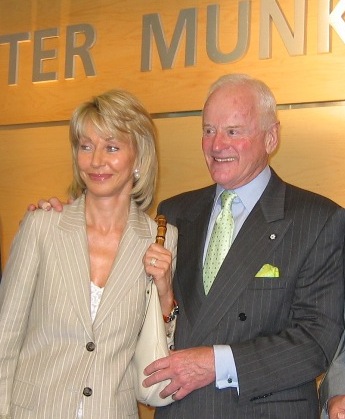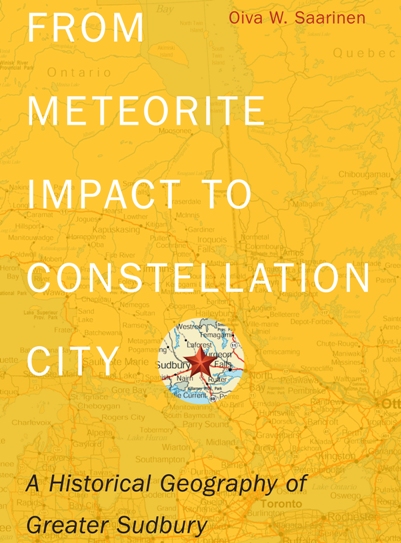In 1982, Mr. James joined Falconbridge Ltd. as CEO at a time when the great
nickel company was in deep trouble….Not surprisingly, the layoffs garnered
resentment from some quarters.
According to Sudbury native Stan Sudol, owner and editor of RepublicOfMining.com,
a joke making rounds at the time was, “Bill James dies and goes to hell, but the
devil kicked him out, because he kept shutting down his furnaces.” But eventually it
was Mr. James who had the last laugh – by 1984, Falconbridge was back in the black.
https://www.theglobeandmail.com/
Canadian mining company Falconbridge Inc. had a big problem in the early 1980s. Its operations in war-torn Zimbabwe were in chaos. Rebels opposing leader Robert Mugabe were firing at Falconbridge’s Blanket gold mine security force with rocket-propelled grenades. Workers there were also getting hungry, with food provisions running low due to blockades. Thirteen-thousand kilometres away in Toronto, Falconbridge’s chief executive didn’t mess around. Bill James flew 24 hours to Zimbabwe and went straight to the dictator’s office.
“Bill wasn’t a wallflower. He’d barge into anyone’s office,” said Bill McNamara, a longtime friend of Mr. James and a lawyer with Torys LLP. Mr. James’s demands, delivered in his signature loud, gravelly baritone, were simple: He wanted food for his employees and assault rifles for their protection.
“Mugabe’s looking like someone’s hit him on the head with a two-by-four,” Mr. McNamara said. “[Thinking,] ‘Who the hell is this guy?’ ” But here’s the thing. Mr. Mugabe knew that without that mine in operation, Zimbabwe would suffer economically. The next morning, five truckloads of maize showed up at the mine, along with a dozen AK-47s.



























